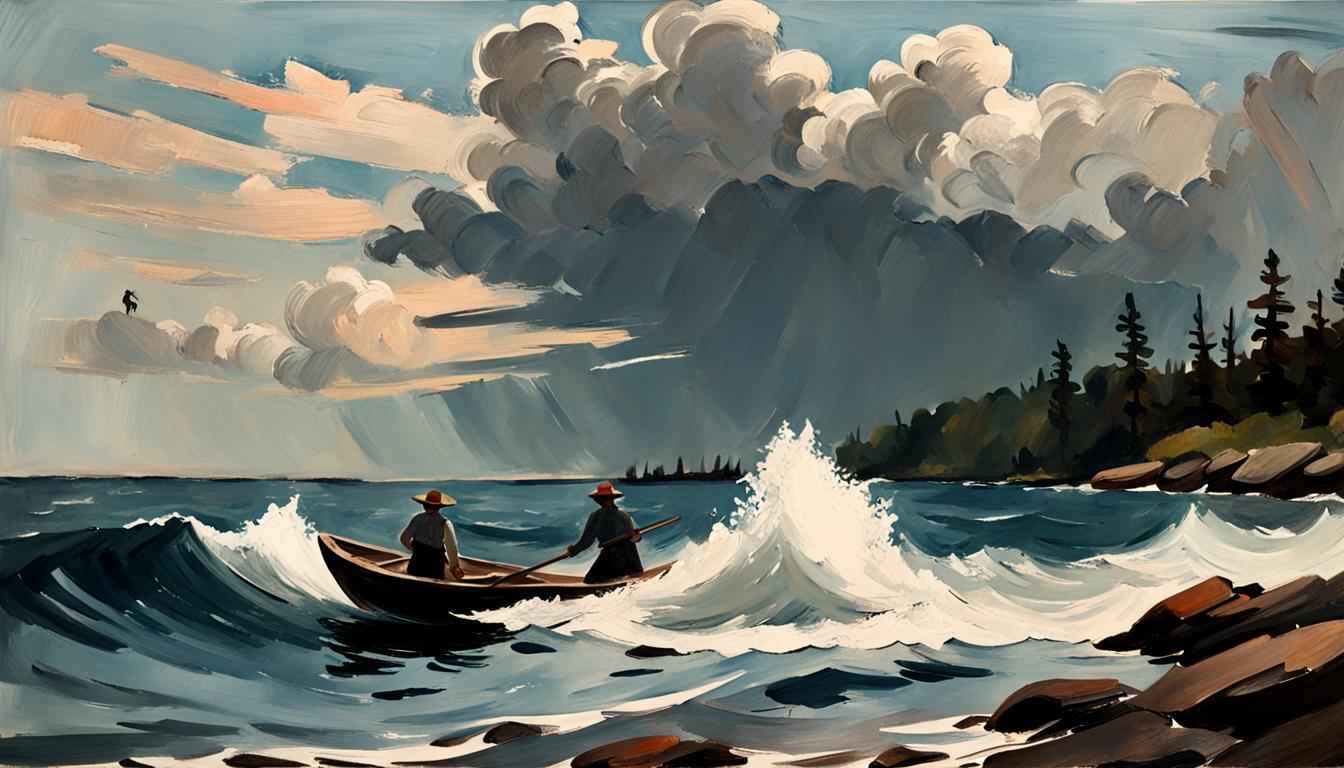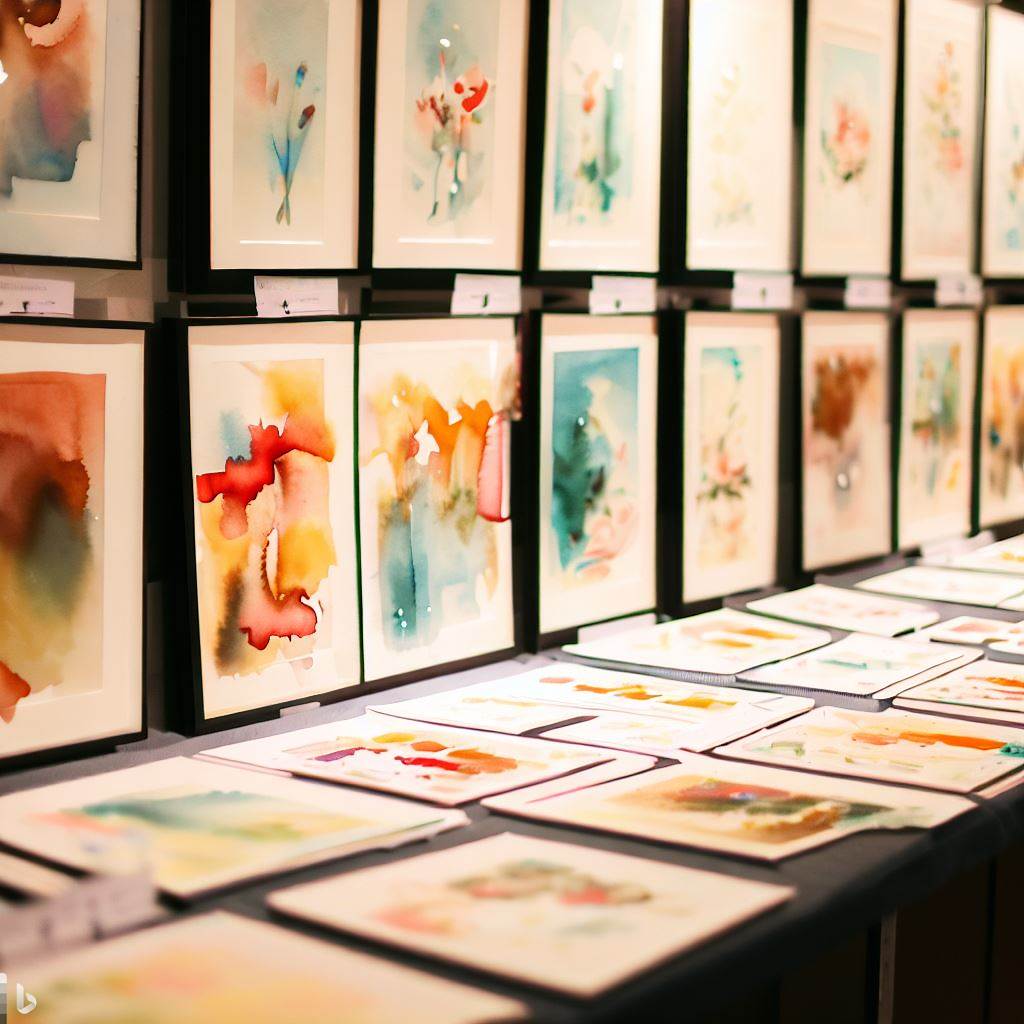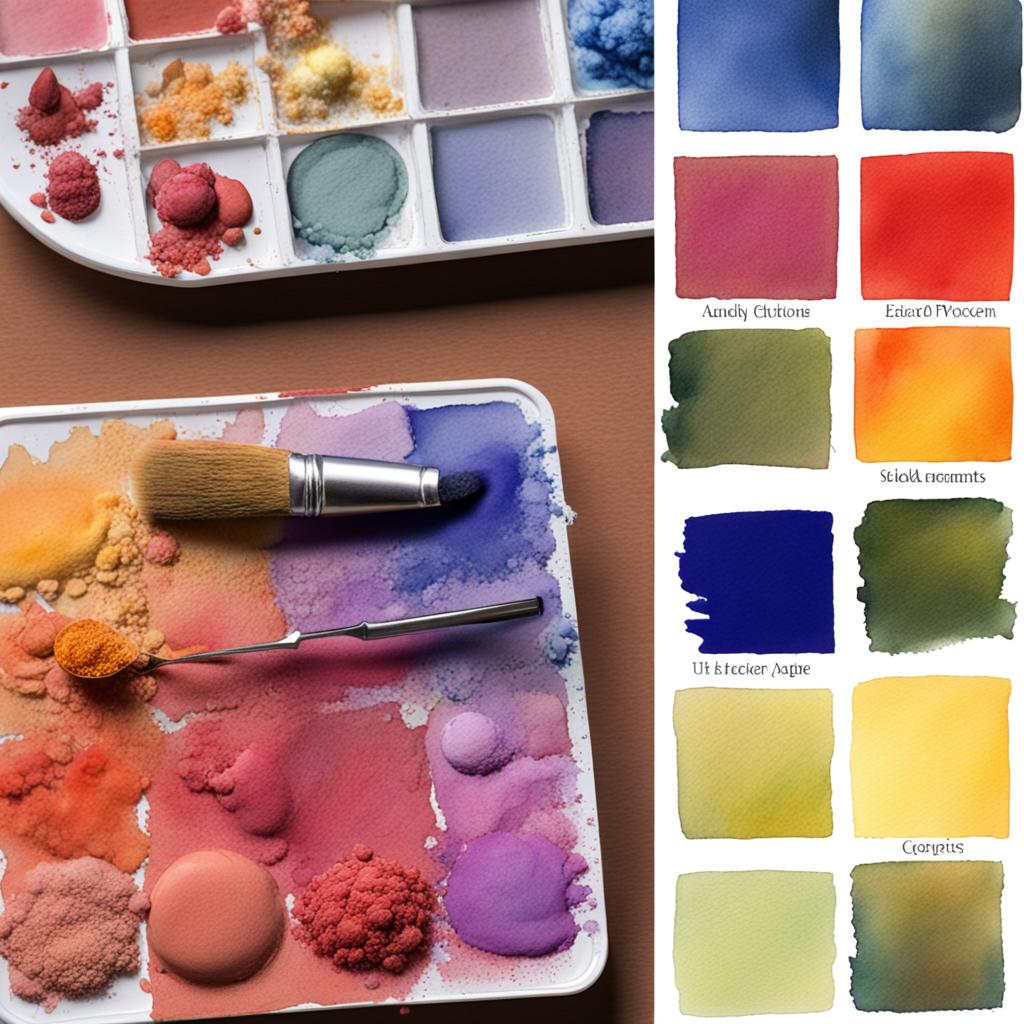Watercolor painting is a beautiful and delicate art form that requires the right supplies to achieve the desired effect. Whether you’re a beginner or an experienced artist, having the right tools is essential to creating stunning watercolor paintings. In the ultimate guide to watercolor painting supplies, we’ll explore the best watercolor painting supplies to help you create your masterpiece.
Watercolor Paints
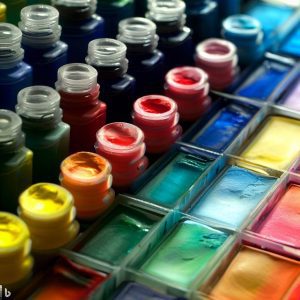
Watercolor paints are the foundation of any watercolor painting. There are many different brands and types of watercolor paints available, each with its own unique properties. Some popular brands include Winsor & Newton, Daniel Smith, and Schmincke. When choosing watercolor paints, consider the following factors:
- Quality: Professional-grade paints are more expensive but offer better color saturation and lightfastness.
- Transparency: Watercolor paints can be transparent, semi-transparent, or opaque. Transparent paints are ideal for layering and creating depth in your paintings.
- Pigment: Look for paints with high pigment concentration for more vibrant colors.
Watercolor Brushes
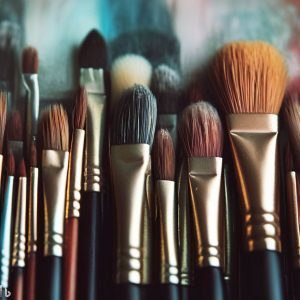
Watercolor brushes come in a variety of shapes and sizes, each designed for a specific purpose. Some popular brush shapes include round, flat, and filbert. When choosing watercolor brushes, consider the following factors:
- Size: Choose a brush size based on the size of your painting and the level of detail you want to achieve.
- Material: Natural hair brushes are more expensive but offer better water retention and a softer feel. Synthetic brushes are more affordable and easier to clean.
- Shape: Different brush shapes are designed for different techniques. For example, a round brush is ideal for creating fine lines and details, while a flat brush is ideal for washes and large areas.
Watercolor Paper
Watercolor paper is specially designed to absorb water and hold the paint without buckling or warping. There are many different types of watercolor paper available, each with its own unique properties. Some popular brands include Arches, Fabriano, and Strathmore. When choosing watercolor paper, consider the following factors:
- Weight: Watercolor paper comes in different weights, ranging from 90lb to 300lb. The heavier the weight, the more durable the paper will be.
- Texture: Watercolor paper comes in different textures, including rough, cold-pressed, and hot-pressed. Rough paper has a more textured surface, while hot-pressed paper has a smoother surface.
- Quality: Professional-grade paper is more expensive but offers better absorbency and durability.
Other Supplies
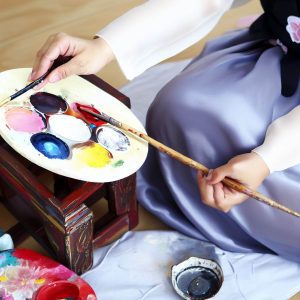
In addition to watercolor paints, brushes, and paper, there are a few other supplies you’ll need to complete your watercolor painting kit. These include:
- Water containers: You’ll need at least two water containers, one for clean water and one for dirty water.
- Palette: A palette is used to mix your watercolor paints.
- Masking tape: Masking tape is used to create clean edges and protect areas of your painting.
- Board: A board is used to support your watercolor paper and prevent it from buckling or warping.
Conclusion
Watercolor painting is a beautiful and rewarding art form that requires the right supplies to achieve the desired effect. By choosing high-quality watercolor paints, brushes, and paper, you can create stunning watercolor paintings that will last a lifetime. Remember to consider factors such as quality, transparency, and pigment when choosing your supplies, and don’t forget to invest in other essential supplies such as water containers, a palette, masking tape, and a board. With the right supplies and a little practice, you’ll be creating beautiful watercolor paintings in no time.
Frequently Asked Questions about The Ultimate Guide to Watercolor Painting Supplies
Q1. What are the essential watercolor painting supplies for beginners?
As a beginner, it’s important to start with the basic supplies that will allow you to explore the world of watercolor painting without overwhelming you with choices. The essential watercolor painting supplies for beginners include:
- Watercolor brushes (round and flat brushes)
- Basic set of watercolor paints (primary colors)
- Watercolor paper (140 lb or 300 gsm)
- Palette for mixing paints
- Water containers
- Masking fluid (optional)
Q2. Can I use regular brushes for watercolor painting?
While it’s possible to use regular brushes for watercolor painting, it’s highly recommended to invest in brushes specifically designed for watercolor. Watercolor brushes have unique characteristics, such as the ability to hold water and create soft edges, that make them more suitable for the medium. Using regular brushes may result in less control and frustration during the painting process.
Q3. How do I choose the right watercolor paper?
Choosing the right watercolor paper depends on your painting style and preferences. Consider the weight, texture, and size of the paper. Heavier papers (140 lb or 300 gsm) are more durable and can handle wet washes and multiple layers of paint. Texture-wise, cold-pressed paper has a slight tooth that adds interest, while hot-pressed paper has a smooth surface for detailed work. It’s recommended to experiment with different papers to find the one that suits your style best.
Q4. What is the difference between professional-grade and student-grade watercolor paints?
Professional-grade watercolor paints are made with higher-quality pigments and binders, resulting in richer and more vibrant colors. They also have better lightfastness, meaning the colors won’t fade over time. Student-grade watercolor paints are more affordable and suitable for beginners or artists on a budget. While they may have lower pigment concentrations and lightfastness, they can still produce beautiful results.
Q5. How should I store my watercolor paints?
To ensure the longevity of your watercolor paints, it’s important to store them properly. Keep the tubes or pans tightly closed when not in use to prevent them from drying out. Store them in a cool, dry place away from direct sunlight, as exposure to heat and light can affect the pigments. It’s also helpful to label your paints with their color names for easy identification.
Q6. How do I clean my watercolor brushes?
Cleaning watercolor brushes is a crucial step in maintaining their performance and longevity. After each painting session, rinse the brushes thoroughly with clean water to remove any residual paint. Gently reshape the bristles and lay the brushes flat to dry. Avoid leaving brushes standing in water for an extended period as this can damage the bristles.
